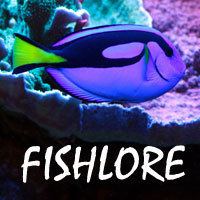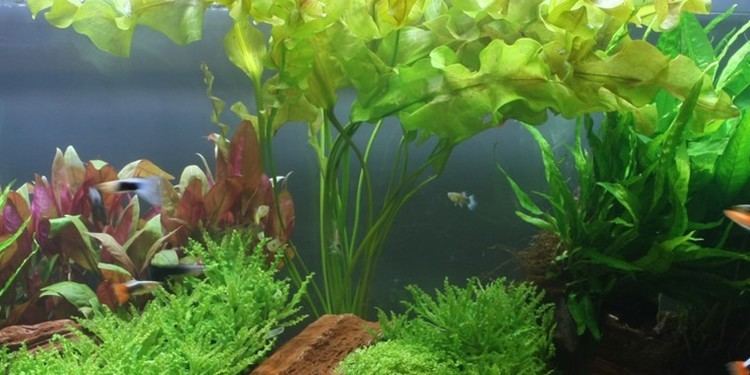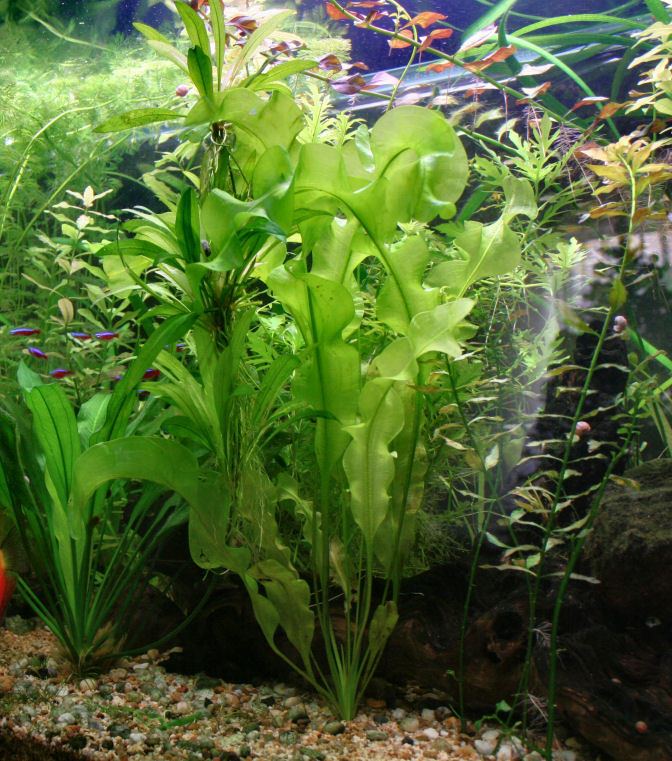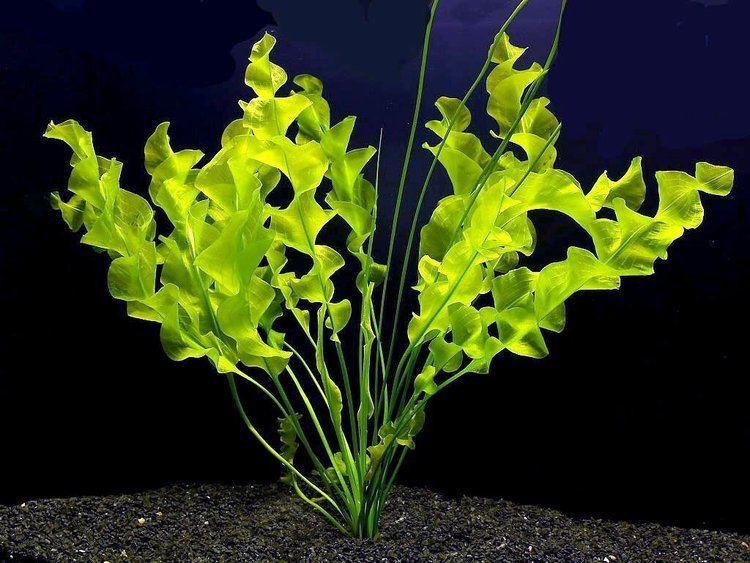Rank Species | Genus Aponogeton Higher classification Aponogeton | |
 | ||
Similar Aponogetonaceae, Aponogeton madagascariensis, Aponogeton, Aponogeton boivinianus, Aponogeton longiplumulosus | ||
Box of green aponogeton ulvaceus
Aponogeton ulvaceus is a submerged aquatic plant with a small cone shaped, slightly hairy rhizome about 1.18 inches (30mm) in diameter. The leaf blades have a base that tapers gradually, pale green in colour (reddish under intense light), 20+ inches (50+ cm) long and 3 inches (8 cm) broad, with a wavy margin on petioles of an equal length, and in appearance slightly translucent. A single bulb may produce up to forty leaves in good conditions. No floating leaves are formed.
Contents
- Box of green aponogeton ulvaceus
- Aponogeton ulvaceus care and info aka compact aponogeton
- Origin
- Cultivation and uses
- References

The yellow flowers are produced on one or two, and sometimes more, erect spikes.
Aponogeton ulvaceus care and info aka compact aponogeton
Origin

It is distributed throughout central and northern Madagascar. In the wild, the plant is permanently submerged and grows in both still and moving waters and sunny and partially shaded environments.
Cultivation and uses

Aponogeton ulvaceus will tolerate most water conditions, but will thrive in slightly alkaline water conditions and a temperature of around 72°F (22°C). Additional CO2 produces more luxuriant growth. It likes a bright position but will grow in partial shade. In an aquarium it makes a very good specimen plant.

Use a fine brush to pollinate the flowers. In a sand/very fine gravel compost the seeds will germinate in about one to two weeks.
The leaves are attractive to snails who can do a lot of damage to these plants in an aquarium. Perhaps dependent on origin and genetics some plants will go dormant in the winter and for several months can be kept at a lower temperature, others seem to keep growing. Many hybrids of this species are sold in the aquarium trade and the true form is probably quite rare.
